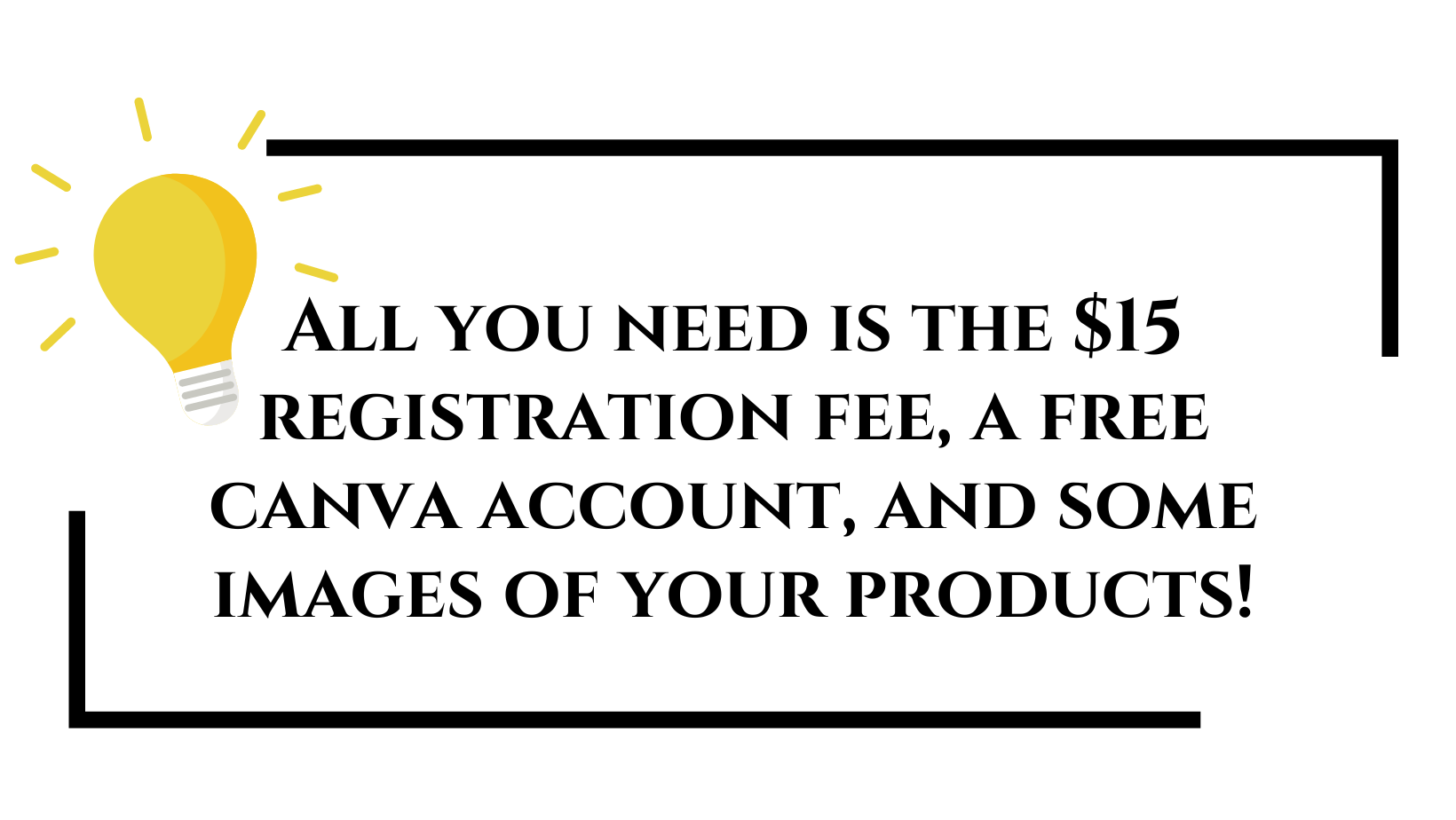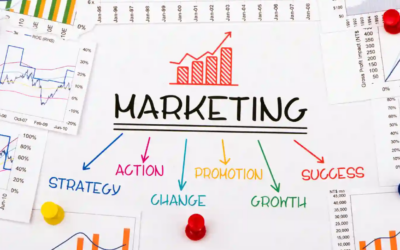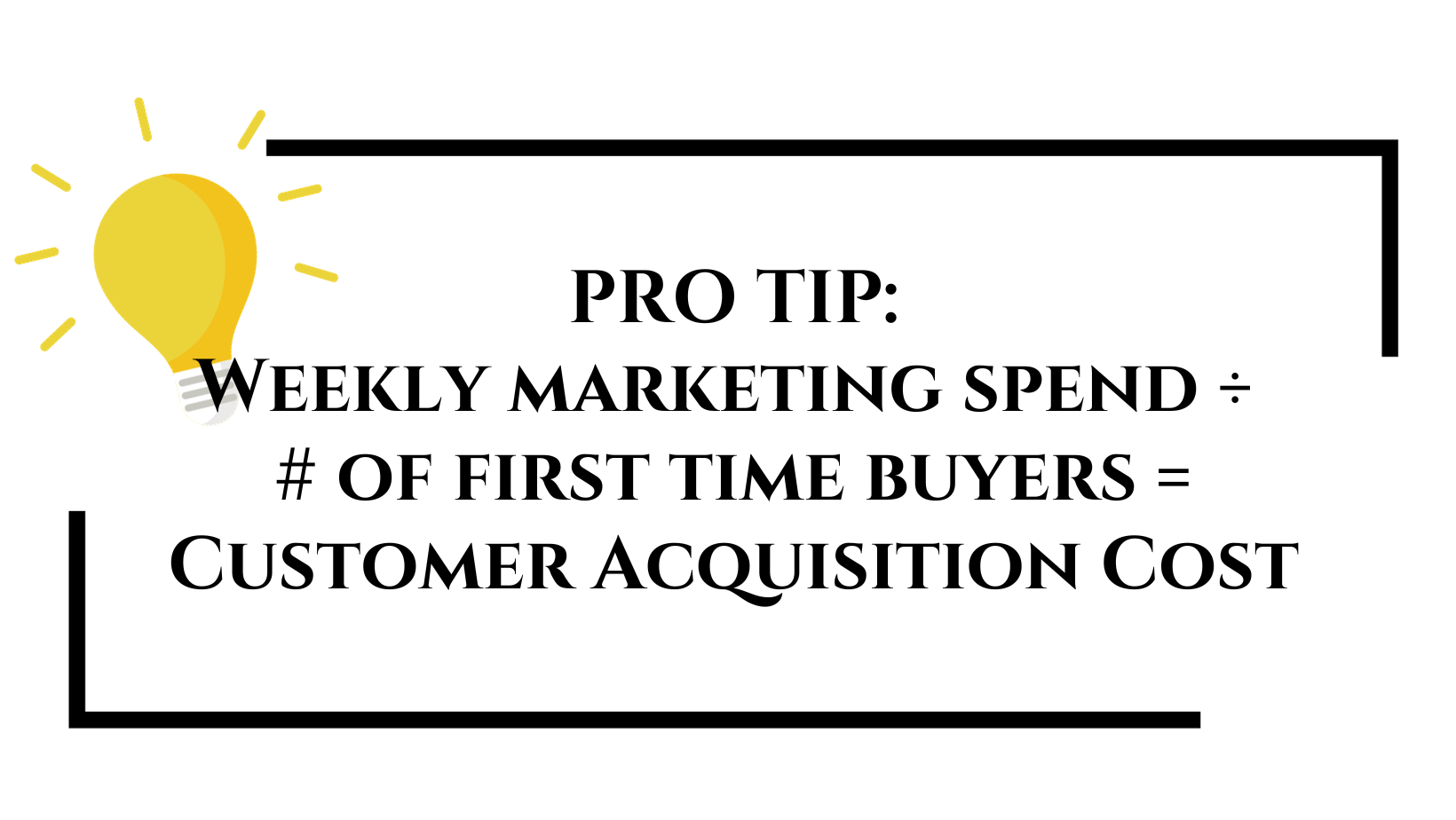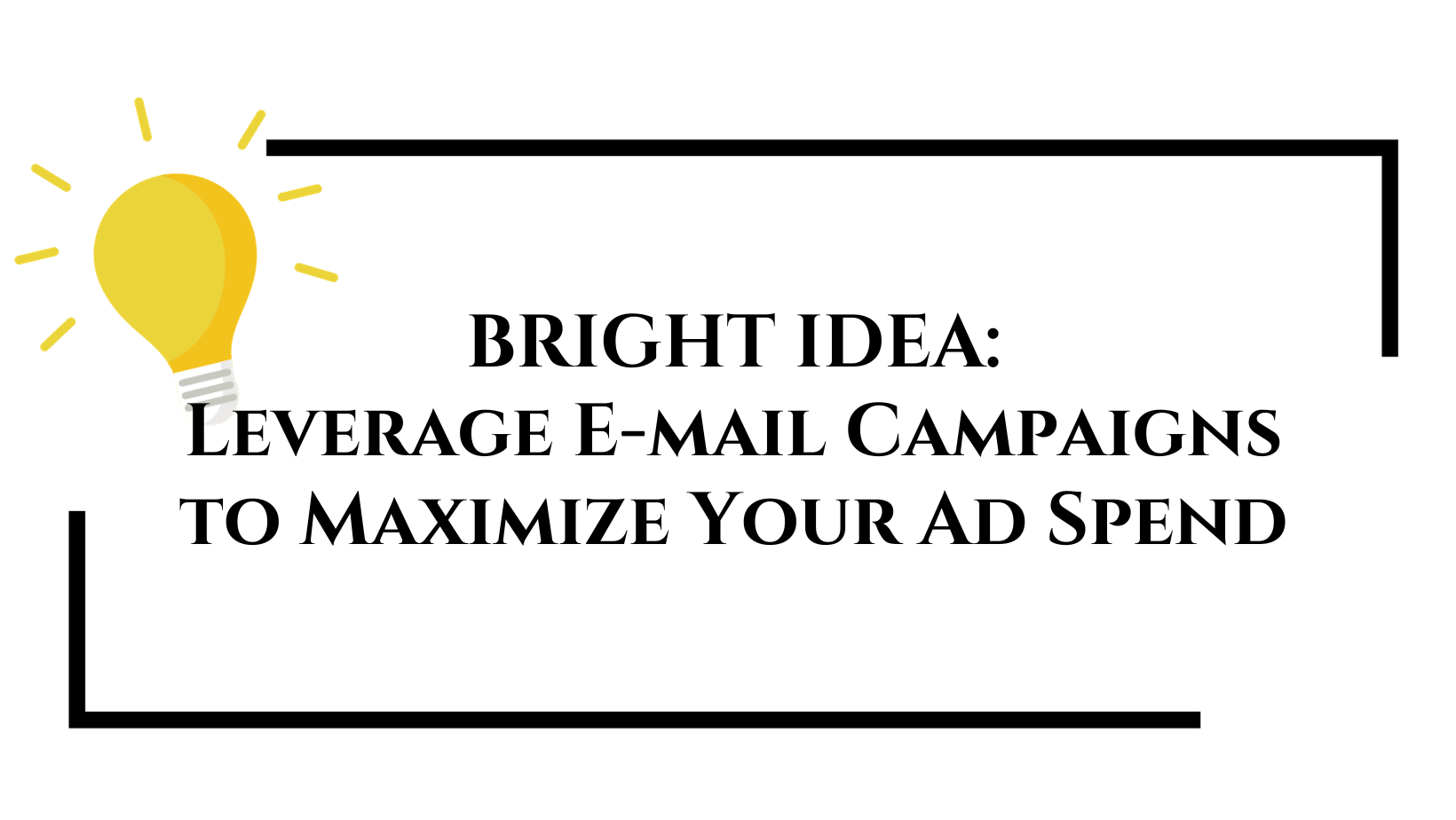Power-Up your traffic with Google’s Performance Max Ads
Have you dipped a toe into Google’s new Performance Max Ads yet? Heard of “PMax” but had no idea what it was? In this episode, we’re diving deep into the world of Google advertising and Performance Max Ads with our expert, Leona Griffin. Leona is Google-certified, leads a team who understands the intricacies of Google advertising, and is our Google Ads e-commerce coach in The Inner Circle.
If you’re an e-commerce store owner looking to grow your online sales without breaking the bank on ads, then this one is for you.
PMax vs. Smart Shopping
Performance Max Ads, or Pmax ads, are Google’s response to Apple’s iOS 14 update (which restricted advertiser’s ability to target their ideal customers,) and replaces Smart Shopping campaigns. Like Facebook’s Advantage+ system, Pmax ads use artificial intelligence to identify and target customers based on their behavior, rather than data, to overcome the privacy challenges posed by iOS 14.
This is GREAT news for store owners
PMax ads make advertising on Google Search, Gmail, YouTube, Display and Discovery a snap–allowing you to focus on producing great creative while Google’s AI manages placement far better than you could on your own. If you were frustrated or overwhelmed by Google Ads’ complicated system before, PMAx makes it really easy–eliminating the need for multiple campaigns, budgets, and endless spreadsheets to track them all.
Brass Tacks: Google Merchant Center
You may have dabbled in an SEO strategy before, with blog posts or optimized headlines. That’s great for driving organic, top of funnel traffic. But it’s nitty-gritty search-optimized product listings that will drive red-hot customers–those who are actively searching out your products with credit card in hand–that will allow Google to drive both organic and paid traffic your way.
Google Merchant Center verifies and organizes your product data, ensuring that your store’s information (including product names, prices, sizes, and colors) is accurate and optimized for search. Think of it as the gateway to all things Google–it’s the way you tell their platforms exactly what you’re selling, so they can show your products to the customers most likely to buy.
3 Reasons to try Performance Max Ads
1. Superior Targeting and Placement
If you find the concept of a funnel overwhelming, Pmax makes it really easy. By consolidating various advertising formats, Google ensures that your budget is being spent where (and when) it’s needed most, whether retargeting site visitors or attracting new customers.
2. Maximize your spend across ALL platforms
Performance Max ads really shine at retargeting, helping you reconnect with potential customers who have previously visited your site. So if you’re already spending money on Facebook or Instagram ads, PMax ads pick up where Meta leaves off driving those visitors BACK to your site when they see Google’s retargeting ads as they browse the web. And PMax retargeting ads are super smart–their system is constantly monitoring your site visitors and showing them the appropriate messages at the right place and time, when they’re most likely to buy.
3. Increased Engagement
Pmax ads provide access to exclusive ad formats not available on other platforms, like video shopping ads, which integrate product listings beneath video content, enhancing user engagement. Google knows which type of ad creative each potential buyer is most likely to engage with, so it chooses from your ad creative to customize each viewer’s experience.
You’ve Got (G)Mail
One of the most exciting features of Pmax ads is within Gmail, a powerful channel for engaging potential customers. If you’re worried that too many of your site visitors are bouncing without leaving an email address…PMax can pick up the slack. Because Google owns Gmail, PMax ads can appear in users’ inboxes, showcasing products they’ve previously viewed, and providing another valuable touchpoint in the customer journey.
Who Should Use Performance Max Ads?
While PMax ads are clearly a great choice for product-based online stores, they’re also a great tool for other types of business. Because Performance Max contains so many types of ad creative, they can work equally well if you’re building a mailing list, hosting a giveaway, or advertising a service.
How Much Do PMax Ads Cost?
Leona advises starting with a budget of just $5 per day. It’s essential to approach Pmax ads as a long-term investment, as machine learning requires time to accumulate data and optimize performance. The key is to be patient and gradually increase your budget as you see positive results.
How Long Do Performance Ads Take to Start Working?
Because PMAx is an AI learning platform, it needs a significant amount of data to really figure out how to maximize performance. So we don’t recommend trying it for two weeks, then throwing in the towel. Leona recommends giving it 3 months minimum to start seeing results. At $5 a day, it’s still a fairly small investment and the reward for your patience can be huge.
$7 Million Results
Thanks to Leona’s excellent training in the Inner Circle classroom, our members have already seen great results from their Performance Max campaigns. Even those who had tried Google Ads before, or who were running campaigns that took a nose-dive after iOS14, have seen a big return on ad spend with the latest PMax ads. $7 million in revenue, to be exact, all from Google Ads!
Performance Max Ads offer e-commerce store owners a great opportunity to supercharge their advertising efforts on Google. With better visibility, better retargeting, and optimized engagement, Pmax ads can be a game-changer for your business. Just remember, patience and persistence are key!
Related podcasts:
Simple SEO You Can Do Today
https://thesocialsalesgirls.com/simple-seo-you-can-do-today-episode-108/
Learn how to build an SEO Sales Funnel
https://thesocialsalesgirls.com/how-to-build-an-seo-funnel-episode-161/
A Powerful 10-Minute Keyword Research Strategy
https://thesocialsalesgirls.com/store-owners-get-results-from-this-powerful-10-minute-keyword-research-episode-177/

















